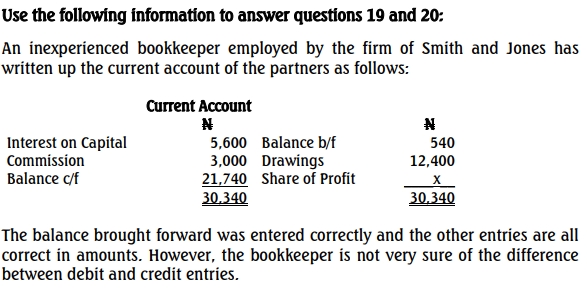- 20 Marks
CR – May 2019 – L3 – Q4 – Employee Benefits (IAS 19)
Classify a post-employment benefit plan, reconcile plan obligations, and explain the treatment of re-measurement gains or losses in line with IAS 19.
Question
The Central Bank of Kangora (CBK) operates a post-employment benefit plan whereby employees are entitled to an amount upon completion of employment. Each employee is paid an amount equal to 150% of the annual pay at the time of retirement multiplied by the number of years in service. The plan is not funded.
CBK uses a professional actuary to determine its liability under the plan at the end of every reporting period. The report of the actuary shows that the plan obligation was ₦620 million and ₦906 million as at 1 January, 2018 and 31 December, 2018 respectively. The current and past service cost for the year was ₦108 million. The discount rates were 8% and 12% as at 1 January, 2018 and 31 December, 2018 respectively.
CBK paid a total benefit of ₦48 million during the year.
The financial controller is struggling to complete the reconciliation and accounting entries for the plan. He is particularly confused about the concept of re-measurement and its accounting treatment.
Required:
a. Differentiate between a defined contribution plan and a defined benefit plan and advise CBK on how its post-employment plan should be classified. (5 Marks)
b. Complete the reconciliation and show the journal entries required to record the transactions for the year ended 31 December, 2018. (10 Marks)
c. Discuss the components of re-measurement gain or loss and state the accounting treatment of a re-measurement gain or loss arising on a defined benefit plan. (5 Marks)
Find Related Questions by Tags, levels, etc.


